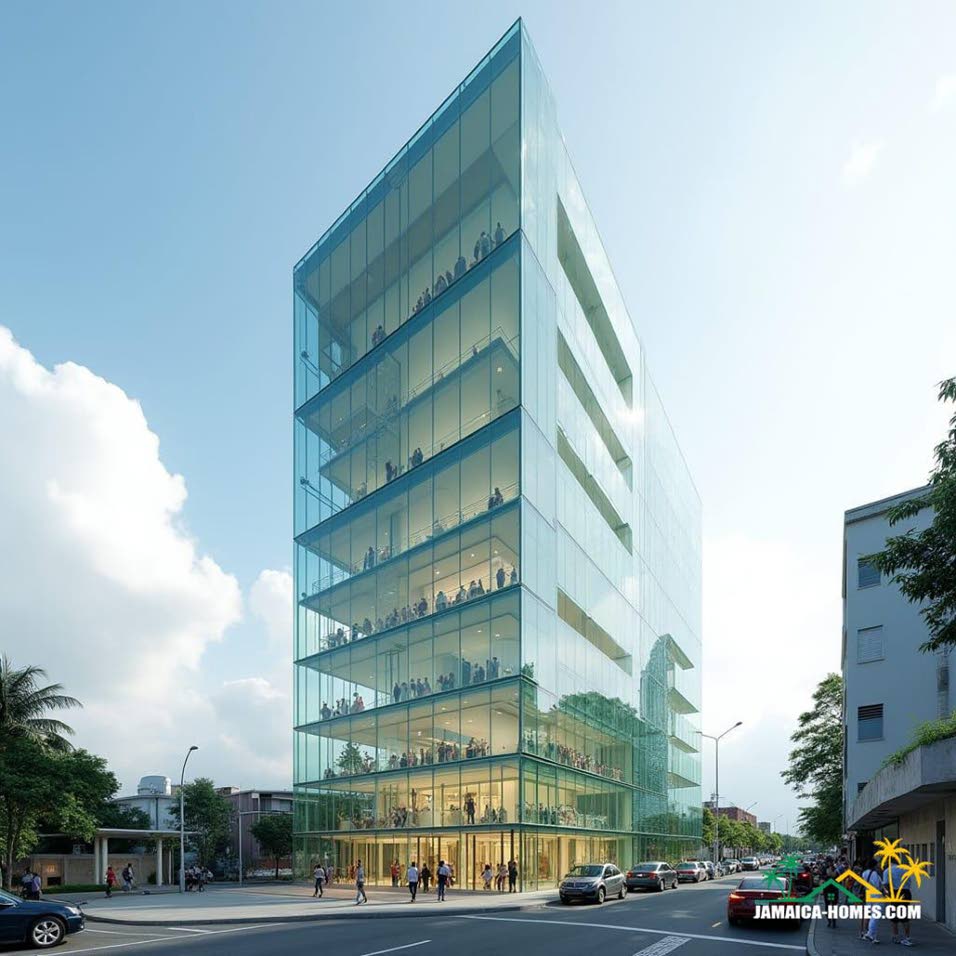In Jamaica, architecture transcends mere shelter, embodying a cultural ethos that celebrates community, resilience, and vibrant living. Traditional designs, with their expansive verandas, thick walls, and bold colors, have long reflected the island’s spirit. However, as Jamaica faces modern challenges—scarce land, harsher weather, and technological advancements—the need for a reimagined architectural approach has never been more urgent. This article explores a vision for the future of Jamaican architecture, one that harmonizes tradition with innovation, sustainability, and inclusivity. The foundation of this vision lies in listening to the land. Historical homes, designed with tall ceilings, deep eaves, and natural ventilation, offer timeless lessons in comfort and climate adaptation. Modern designs must build on these principles, incorporating features like storm-resistant roofs, rainwater harvesting systems, and thermally efficient materials. Vertical living, a necessity in growing cities, should retain the essence of traditional low-rise homes, with balconies functioning as verandas and rooftops serving as communal spaces. Resilience is paramount in an era of increasing hurricanes and rising sea levels. Coastal homes must respect the environment, stepping back from the shoreline and integrating natural barriers like mangroves. Technology, when thoughtfully integrated, can enhance comfort and efficiency, from smart shutters that respond to weather conditions to energy storage systems that ensure uninterrupted power. Affordability and dignity must be central to housing solutions. Thoughtful designs that cater to diverse family needs, coupled with mixed-income developments that foster inclusivity, are essential. Jamaican architecture should also embrace its unique identity, using local materials like limestone and timber, and reinterpreting traditional elements like breeze blocks and verandas in contemporary ways. Public spaces must be welcoming and accessible, designed for all ages and abilities. Sustainability should be foundational, not an afterthought, with designs that prioritize passive cooling, water conservation, and local materials. The home itself must adapt to modern lifestyles, offering flexible spaces that accommodate work, rest, and play. Craftsmanship and local labor should be celebrated, embedding economic value into every structure. This vision calls for collaboration among architects, policymakers, builders, and communities to create a built environment that reflects Jamaica’s resilience, warmth, and identity. By building wisely and inclusively, Jamaica can craft a future where architecture not only shelters but also strengthens its people and culture.
